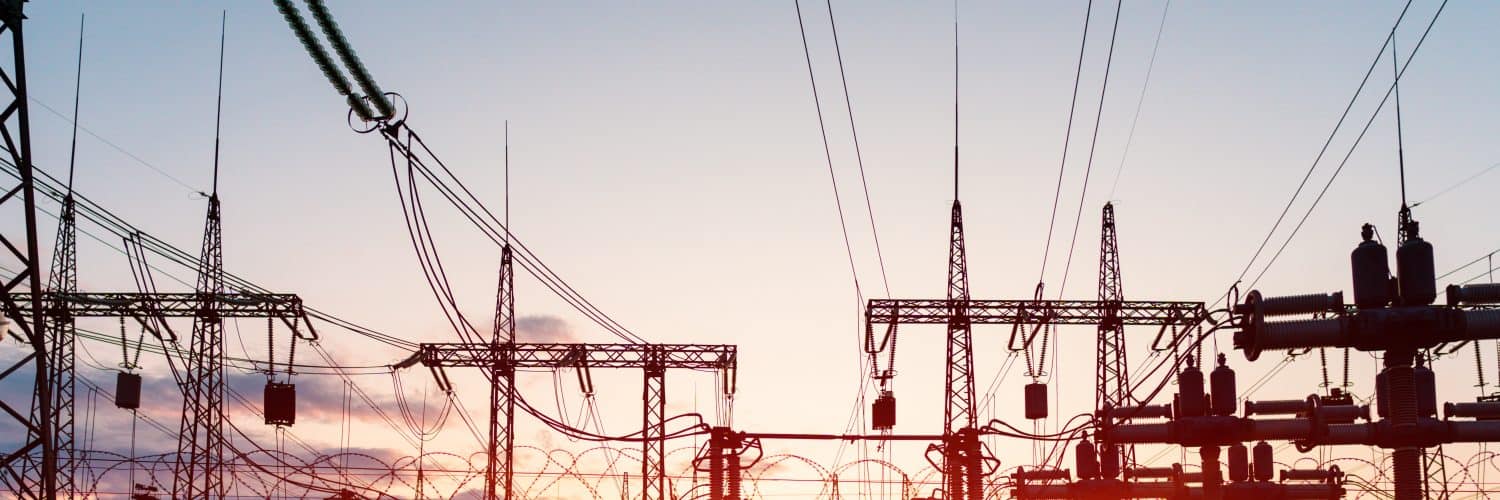Alberta’s weighted average Power Pool Price for August settled to $270.75/MWh. Relative to last week’s price of $264.35/MWh, this is an increase of $6.40/MWh or 2.4%. Month-end pricing for August 2022 is the highest the province has experienced in over 20 years; the previous record was set in October 2000, with a price of $261.52/MWh. August has been plagued with minimal wind generation, over reliance on natural gas generators, decreasing amounts of coal generation, and an extended heatwave which has driven up demand and pricing. Over the past week, Path 2 went offline for most of the day on the 26th , and intermittent outages at Keephills 2 and Battle River 4 further contributed to increased market volatility. Three of the highest hourly demand periods occurred on August 31st between 4pm and 6pm MST, averaging 11,148MW; compared to the monthly average of 9,839MW, this is an increase of 1,309MW or 13.3%.
The weighted average Hourly Ontario Energy Price (HOEP) settled at 8.6¢/kWh for the month of August – no change over last week’s settle. Natural gas-burning supply decreased by 1.7% (2,394MW) over the course of this past week, while baseload generation such as nuclear and hydro lowered their output to an average of 10,231MW (-0.3%) and 3,962MW (-1.1%), respectively. Wind and solar, on the other hand, increased week-over-week output by 24.2% (858MW) and 0.3% (105MW), respectively, whereas biofuel dropped 3.2% (-45MW). With the first Global Adjustment estimate at 4.9¢/kWh, August’s total market price settled to 13.5¢/kWh. September’s HOEP is currently at 7.7¢/kWh and, with the first Global Adjustment estimate at 4.0¢/kWh, we are seeing September’s total market price at 11.7¢/kWh as of today.
Last Thursday, California regulators put a new policy in place to reduce and eventually ban the sale of new internal-combustion cars and passenger trucks within the state by 2035, and for all heavy-duty trucks to be zero emissions by 2045 where possible. It is assumed that about 12 additional states will follow suit, essentially affecting about one-third of the U.S. auto market. In June 2021, Canada mandated virtually the same 2035 zero-emissions target for new vehicles in Canada, whose national generation mix is 20% hydrocarbons (“dirty” natural gas, coal, and biomass), 59% hydro, 15% nuclear and 5% renewables – not bad, really. Currently, the United States generates 58% of their electricity by burning hydrocarbons, 18% is nuclear, 7% hydro and the remaining 16% is made up of renewables. The move to mandating EVs is often criticized, citing the dirty electricity generation mixes that fuel the predominantly overseas production of batteries and their ultimate recharging requirements, not to mention the potential for range limitations imposed by colder climates. However, there are plenty of reasons to be optimistic about the move towards wide-spread adoption of electric vehicles. There is an increasing number of incentives, not the least of which is the current energy crisis, to develop the technologies and mindset required to achieve and support these goals in an efficient, sustainable way.
– Mark Ljuckanov, Energy Advisor / Ryan Cosgrove, Energy Data Analyst / Grace Wilton, Senior Energy Advisor








Add comment